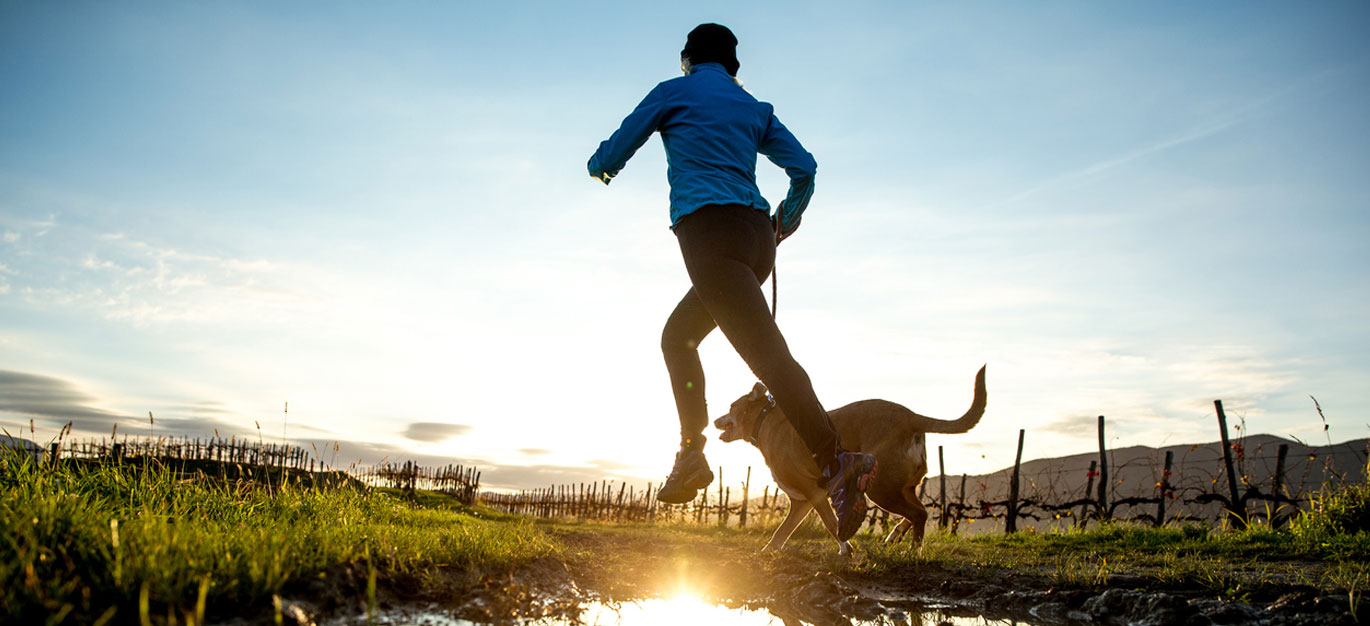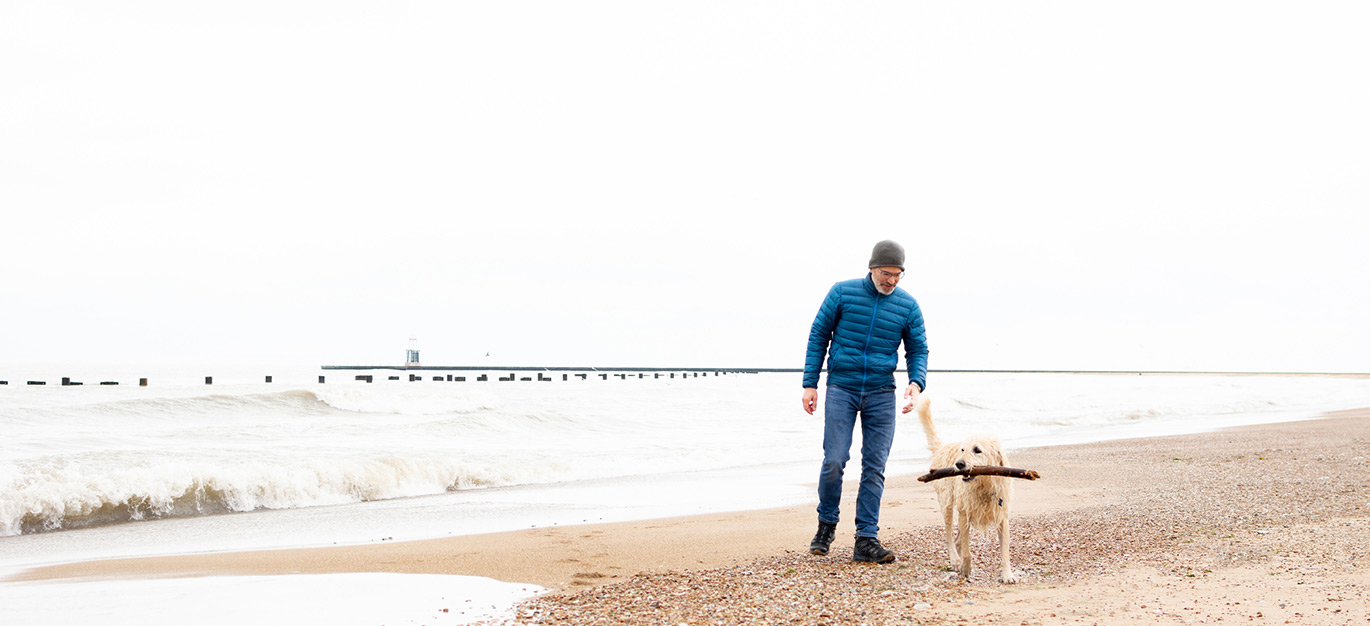Sorry about that! It looks like we’ve run out of stock for that product. Sign in below and we’ll send you an update when it’s back in stock.
20% DISCOUNT on your first order! Use the discount code "IMNEW20" at checkout!
Winter can be a beautiful time of year, filled with crisp air and stunning snowy landscapes. However, it also brings a variety of challenges, especially for dog owners. While the colder months might be enjoyable for your furry friends, they can also present hidden dangers that could put your dog at risk. To ensure a fun and safe winter season, it’s essential to be aware of these hazards and take appropriate precautions. Here’s a detailed guide on how to keep your dog safe in winter, covering everything from icy surfaces to the benefits of a raw diet during colder months.
Icy conditions are one of the most common dangers during winter, not just for humans but also for dogs. Slipping on ice can lead to serious injuries such as sprains, fractures, or worse. Older dogs and small breeds are particularly vulnerable.
When walking, be especially cautious of black ice—thin, transparent ice that can be difficult to spot but incredibly slippery. Adjust your walking routes to avoid areas known for icy conditions, and always check for ice patches before letting your dog run or play freely. For dogs with arthritis or other joint problems, shorter walks may be safer to reduce the risk of injury.
Different dog breeds have different tolerances for cold weather. Dogs with thick fur may handle the cold better, while short-haired breeds may need extra layers of warmth. Dog coats are a great way to keep your dog warm during outdoor activities.
Indoors, make sure your dog’s bed is placed in a warm area, away from cold floors or drafts. However, be careful not to overheat active dogs with too many layers. Finding the right balance between keeping your dog warm and avoiding overheating is key.
With shorter days and longer nights, winter walks often occur in low light conditions. If your dog were to run off or get lost, microchipping becomes essential for a safe return. Microchips are a reliable method of identifying your pet, and reflective collars or GPS trackers can further help you locate them in the dark.
In addition, make sure your dog’s ID tags are up to date, and consider using LED lights on their collar or harness to make them visible during evening or early morning walks.

Winter weather often brings dangerous substances that can harm your dog. Grit and salt used to melt ice on roads and sidewalks can irritate your dog’s paws and, if ingested, can lead to stomach upset or poisoning. To avoid this, clean your dog’s paws after every walk, and consider using non-toxic deicers around your home.
Another major hazard is antifreeze. Antifreeze has a sweet taste that can attract dogs, but even a small amount can be fatal if ingested. Store antifreeze and other harmful chemicals out of reach and clean up any spills immediately. Be mindful of other toxic winter items such as holiday plants and chocolate, which are also dangerous for dogs.
Winter can change your dog’s dietary needs, especially if they’re spending more time outdoors or their activity levels have shifted. Your dog may need more calories to maintain body heat, and feeding them a raw diet can be an excellent way to ensure they get the nutrients they need. Raw dog food is rich in natural proteins and healthy fats, which can boost your dog’s immune system and support a healthy coat.
Monitor your dog’s weight and activity level throughout the season, adjusting their portions as needed to prevent overeating or underfeeding. Additionally, keep them away from harmful seasonal foods like cooked bones, fatty holiday leftovers, and toxic treats like chocolate or grapes

With shorter days and longer nights, winter walks often occur in low light conditions. If your dog were to run off or get lost, microchipping becomes essential for a safe return. Microchips are a reliable method of identifying your pet, and reflective collars or GPS trackers can further help you locate them in the dark.
In addition, make sure your dog’s ID tags are up to date, and consider using LED lights on their collar or harness to make them visible during evening or early morning walks.
During winter, frozen lakes, ponds, and rivers can present a serious risk to dogs. While a frozen surface might look solid, it can be dangerous if the ice breaks, potentially leading to drowning or hypothermia. Always keep your dog on a lead near frozen bodies of water and avoid walking directly on ice unless you are absolutely sure it’s thick enough to support weight.
Coastal areas can also be more hazardous during winter due to rough seas, high tides, and strong currents. Be cautious when walking near the sea, and never let your dog swim in freezing or stormy conditions.
Feeding your dog a raw diet in winter can have significant health benefits. Raw dog food is packed with natural proteins, fats, and vitamins that help support your dog’s immune system, keeping them strong and healthy in colder weather. The high-quality nutrients in raw food can also promote healthy skin and a thicker, shinier coat, which helps insulate your dog against the cold.
Increased energy from a raw diet can be particularly beneficial during winter, when your dog may need more fuel to stay warm and active. A balanced raw diet can also help maintain your dog’s ideal weight, preventing winter weight gain or loss.
Cold weather can affect your dog’s behaviour, and it’s important to watch for signs that they might be uncomfortable or too cold. Shivering, whining, or reluctance to go outside are clear indicators that your dog needs to warm up. If your dog seems lethargic or starts showing signs of stress, it’s time to bring them indoors.
Extreme cold can be dangerous, so be cautious about how long you walk your dog in freezing temperatures. When it’s too cold outside, keep them entertained with indoor games, puzzle toys, or training sessions to maintain their physical and mental stimulation.
By taking the necessary precautions, dog owners can help their pets enjoy a safe and comfortable winter season. From protecting their paws to providing the right nutrition, winter dog safety is all about awareness and preparation. Incorporating a raw food diet into your dog’s winter routine can offer valuable health benefits, while staying mindful of hidden dangers like icy surfaces and toxic substances will keep your dog safe. With these tips, you and your dog can make the most of the winter months, worry-free.